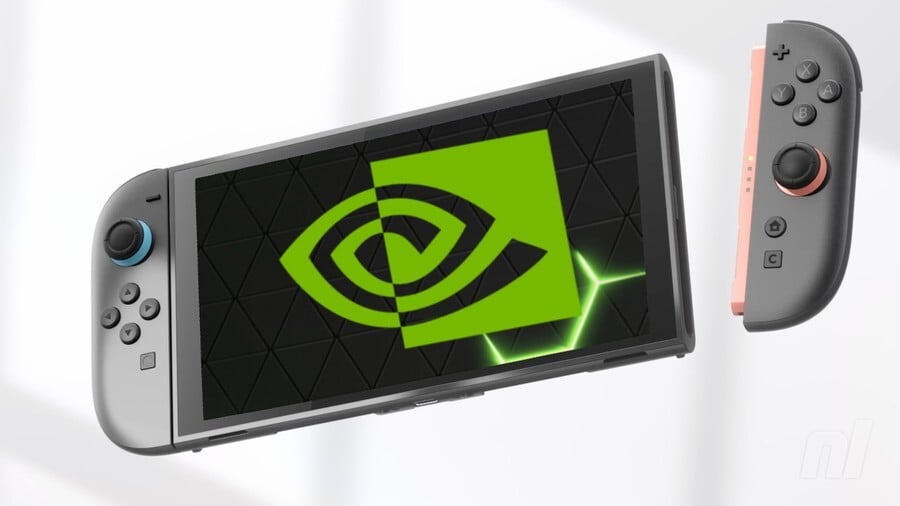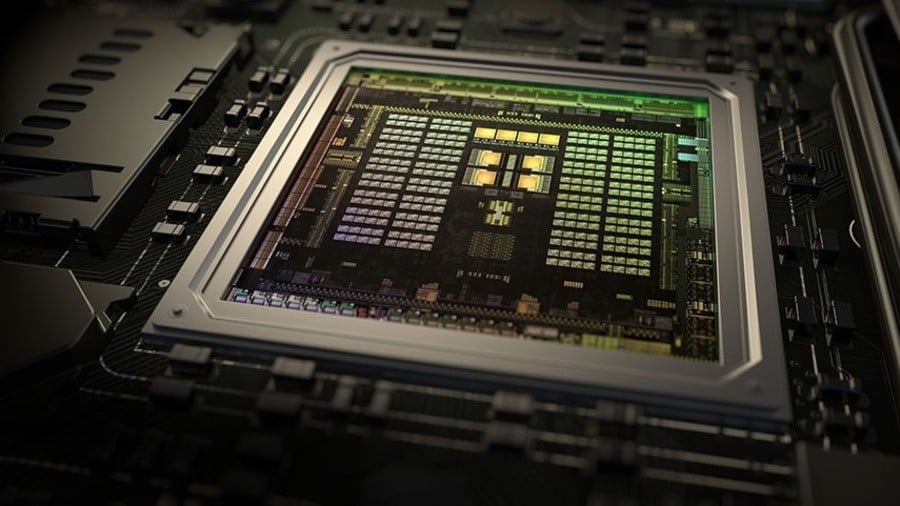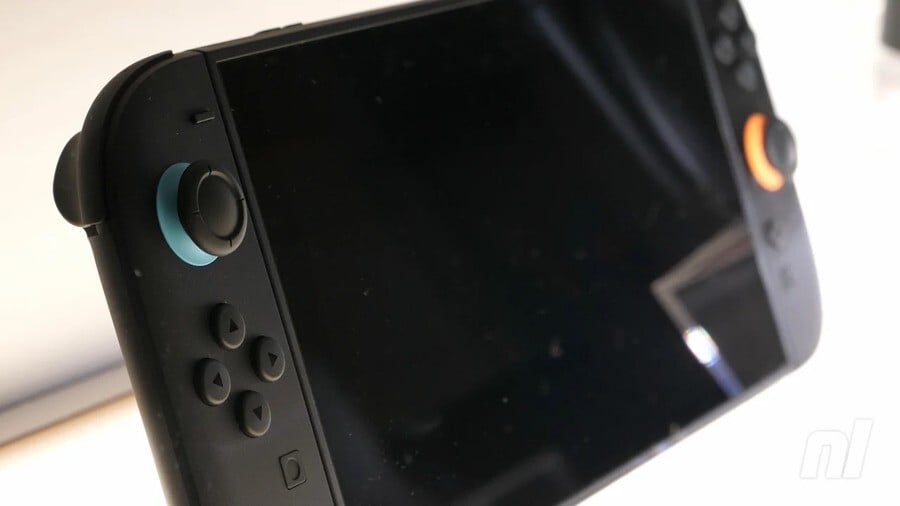
Shortly after the reveal of Nintendo Switch 2, manufacturer Nvidia announced that it had custom-built a new chip for the upcoming system, enabling all sorts of fancy features.
In this guide, we'll look at what Nvidia's DLSS technology can achieve and how it is used in the Switch 2.
On this page: Nintendo Switch 2: What Is DLSS? - Nvidia's Deep Learning Super Sampling Explained
Subscribe to Nintendo Life on YouTube841k
What is DLSS?

DLSS (Deep Learning Super Sampling) is an AI upscaling technology formally exclusive to Nvidia's GeForce RTX graphics cards. The technology uses AI to improve performance in real time and offers several different functions, from creating additional frames to boosting image quality.
At its most basic, DLSS is able to take a rendered frame and upscale it in real time to increase the fidelity of the visuals. This means machines with modest specs using this tech are able to output frames at much higher resolutions than those being rendered by the system itself.
As with most upscaling solutions, the results aren't as crisp as those rendered at native resolutions, but the technology can produce very impressive results nonetheless.
What can DLSS do?
Nvidia breaks the main functions of DLSS down into the following categories:
- Frame Generation - DLSS analyses sequential frames as well as motion data to generate additional frames and subsequently increase the FPS of a given game.
- Ray Reconstruction - The technology can create additional pixels in ray-traced sequences to better replicate the way that light reflects and refracts in the real world.
- Super Resolution - DLSS can improve image resolution by using the standard frames and motion to reconstruct the image in higher quality.
- Deep Learning Anti-Aliasing - Similar to the above Super Resolution, DLAA creates a higher resolution, more realistic image via an AI-based anti-aliasing technique.
Does Switch 2 use DLSS?

After months of rumours and patents, Nvidia revealed that its Switch 2 chip does support DLSS. The GPU's RT Cores (hardware inside the GPU) enable real-time ray tracing, DLSS-enabled resolution boosts and AI-powered face tracking for background removal when using the Switch 2 Camera.
Perhaps most impressively, the Switch 2 dock is capable of upscaling any game to 4K resolution, regardless of what it's playing at natively. You'll need a 4K screen to see it in action (naturally), and these upscaled visuals are capped at 60fps compared to the console's 120fps max, but Nvidia's custom-built chip is quite the game changer when paired with the dock.
In short, Nvidia states that Switch 2 packs "10x the graphics performance of the Nintendo Switch", with smoother gameplay and sharper visuals to boot.